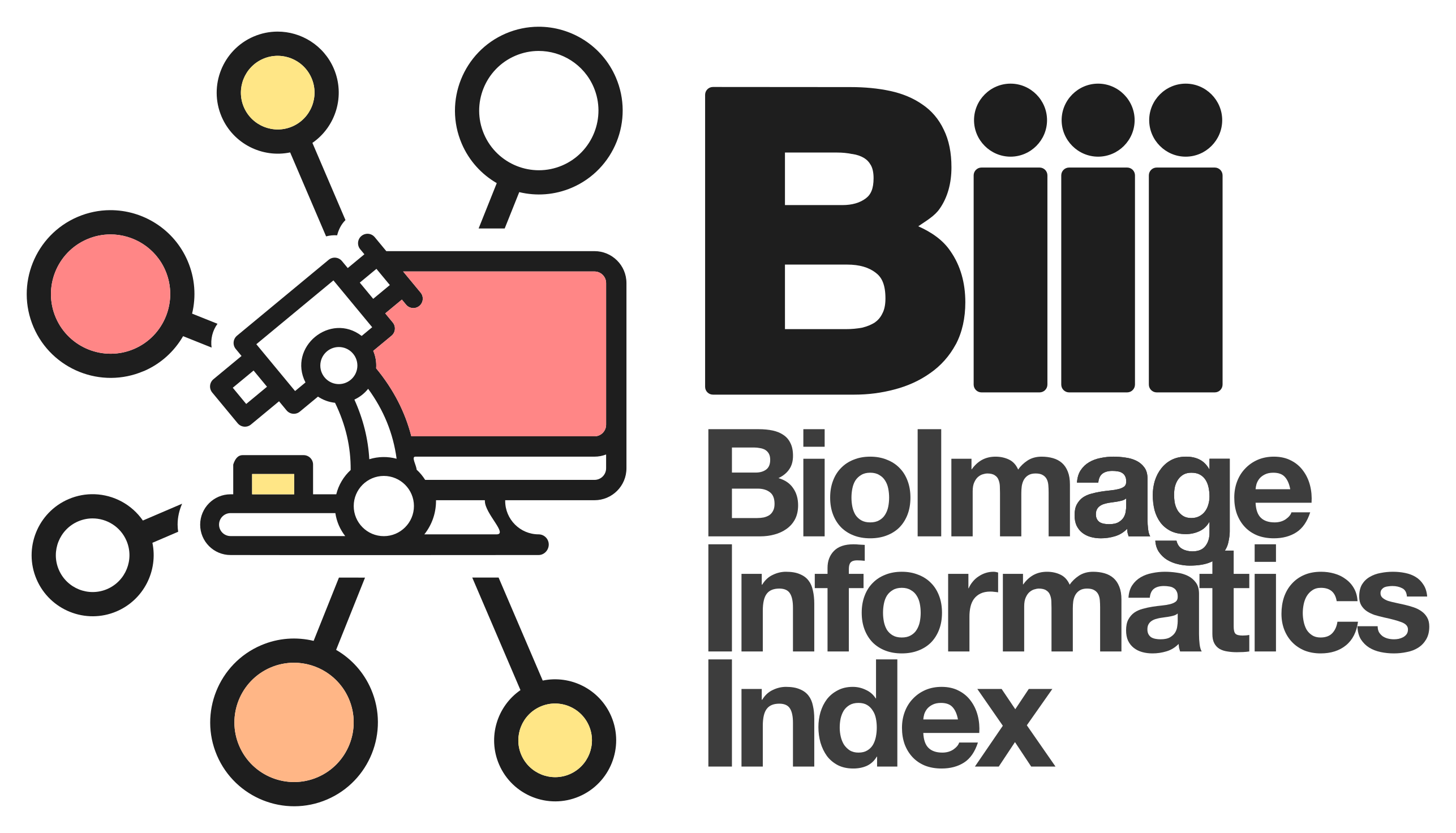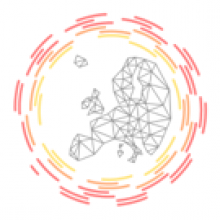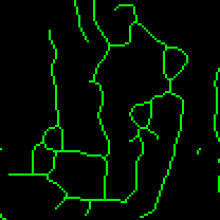Tracking cells in microscopy image data
Cell tracking is a common bio-image analysis task. In this session we will learn about the basic principles behind cell tracking. We will go through cell segmentation, spot detection techniques such as Difference of Gaussian, linking, matching and will see how to do cell tracking in practice using TrackMate in Fiji.


